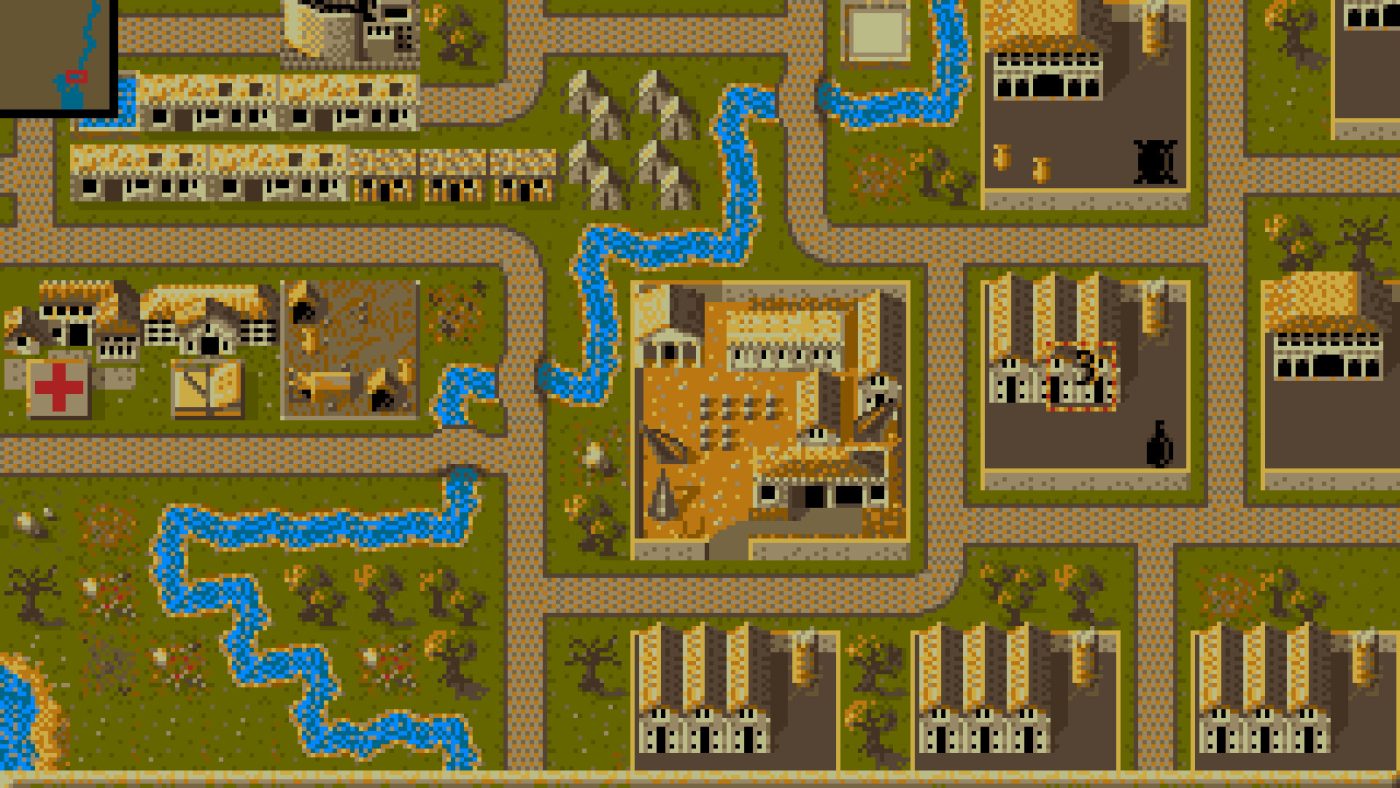In 1992, Impressions Games released Caesar, a title that would come to define and innovate within the burgeoning city-building genre. As the brainchild of designer David Lester, Caesar captivated players with its intricate simulation of ancient Roman urban planning and governance, setting a high standard for future games in the genre. Over three decades later, it remains a landmark in gaming history, celebrated for its depth, complexity, and engaging gameplay.
The Foundations of a Classic
Caesar places players in the role of a Roman governor tasked with building and managing a city within the empire. Unlike many contemporary games of its time, which often prioritized combat and action, Caesar emphasized strategic planning, resource management, and the delicate balance of various city systems. Players had to oversee infrastructure development, ensure the well-being of citizens, and maintain public order. The game’s isometric view, while simple by today’s standards, provided a clear and detailed perspective that was revolutionary for the early ’90s.
The game’s interface, although rudimentary compared to modern standards, offered an intuitive way to manage the multifaceted aspects of city governance. Players had to juggle various resources like food, water, and building materials, while also dealing with the intricacies of Roman politics, religion, and military defence. This complexity was part of what made Caesar so engaging; it wasn’t just about building a city but about understanding and mastering the systems that kept it running smoothly.
Innovation in Gameplay and Design
One of the standout features of Caesar was its focus on historical accuracy and detail. The game incorporated real Roman architectural styles, societal structures, and political challenges, providing an educational experience alongside its entertainment value. This attention to detail was not just superficial but integral to the gameplay, as players had to navigate the same challenges faced by historical Roman governors, from managing grain supplies to dealing with barbarian invasions.
Moreover, Caesar introduced a level of strategic depth that was rare in early 1990s games. Players had to consider long-term planning, economic stability, and the satisfaction of their populace. The game’s simulation of urban decay and crime added layers of realism and challenge, requiring players to continuously adapt their strategies. This depth was a significant departure from the more straightforward, linear gameplay experiences common at the time, and it paved the way for future city-building titles.
The Drawbacks and Limitations
Despite its many strengths, Caesar was not without its flaws. The game’s interface, while ground-breaking for its time, could be cumbersome and unintuitive, especially for new players. Navigating through menus and understanding the various mechanics often required a steep learning curve, which could be frustrating for those unfamiliar with the genre. Additionally, the graphics, although adequate for the era, have not aged well, and the limited colour palette and simple animations might seem lacklustre to modern audiences.
Another criticism lies in the game’s pacing. The meticulous nature of city-building and the slow progression of events could lead to periods of inactivity, which might bore some players. Moreover, the AI’s predictability and lack of sophistication sometimes resulted in repetitive gameplay scenarios, reducing the overall challenge and replayability.
Legacy and Impact
The success of Caesar led to several sequels, each building on the foundation laid by the original. The imaginatively titled Caesar II, Caesar III, and Caesar IV each introduced new features, improved graphics, and more complex gameplay mechanics, cementing the series’ status as a cornerstone of the city-building genre. These games influenced numerous other titles, from SimCity to Civilization, contributing to a genre that continues to thrive.
Caesar was a pioneering work that expanded the possibilities of interactive entertainment. It challenged players to think critically, plan strategically, and immerse themselves in a richly detailed historical world. Even today, it stands as a testament to the innovative spirit of early 90s game design, a classic that continues to inspire both players and developers alike.


